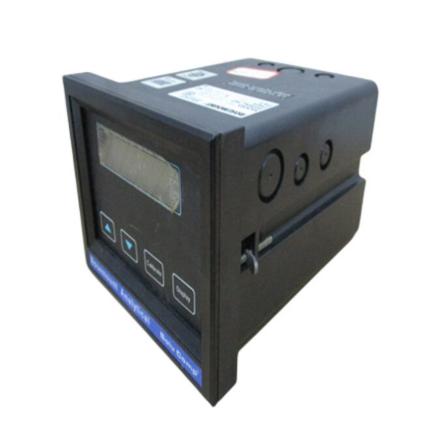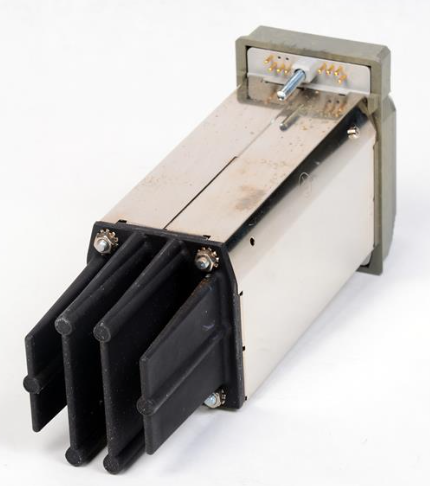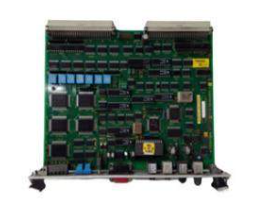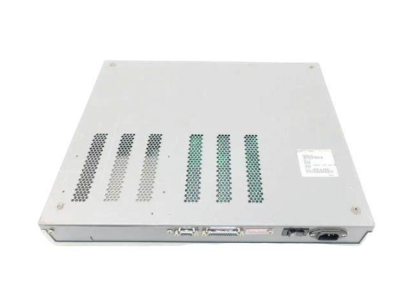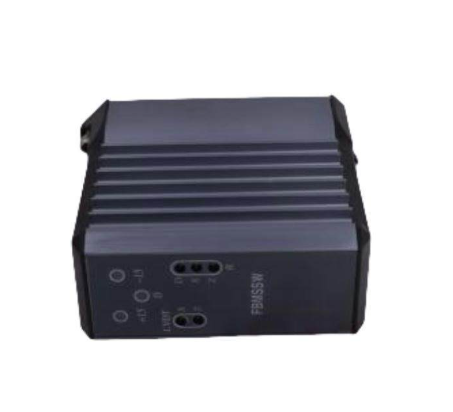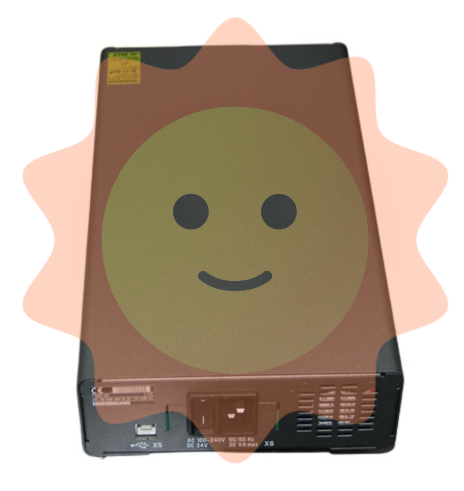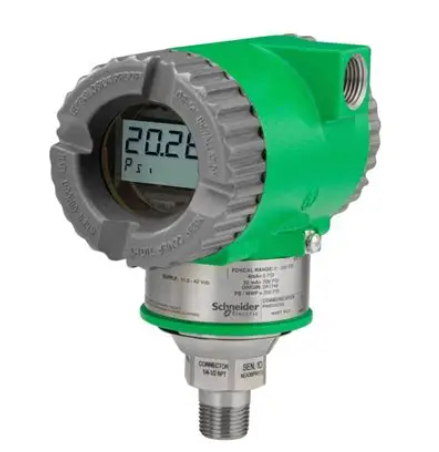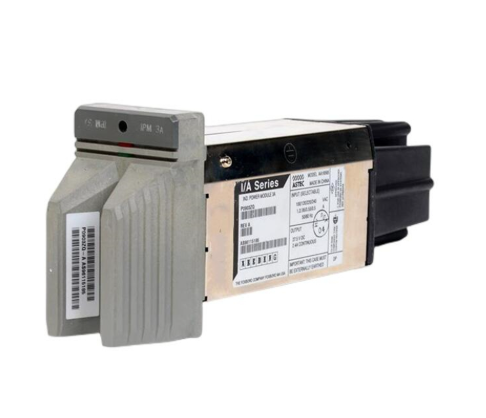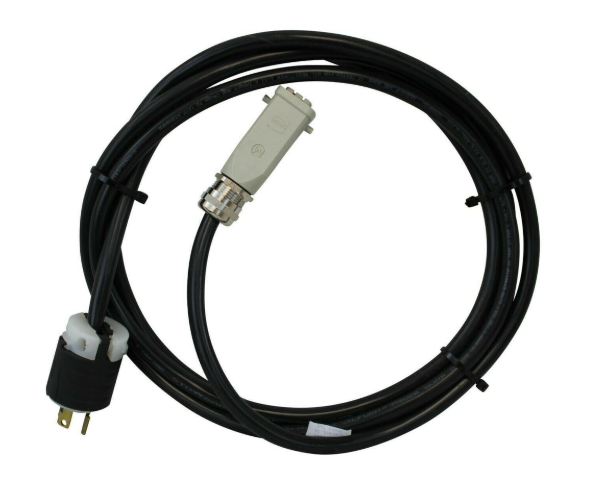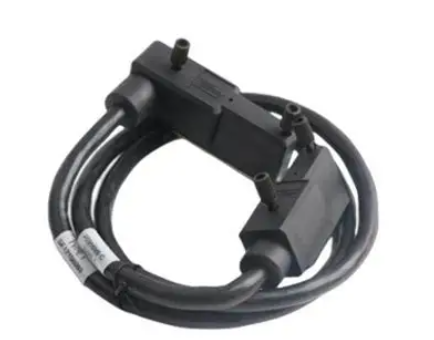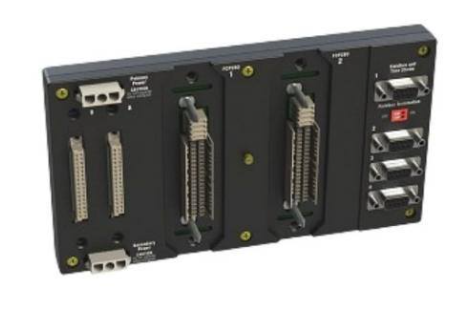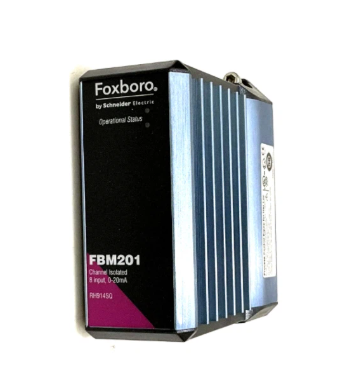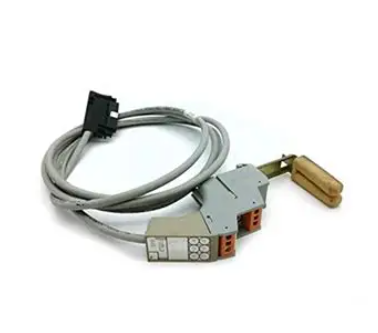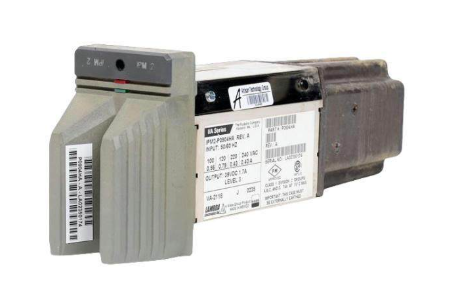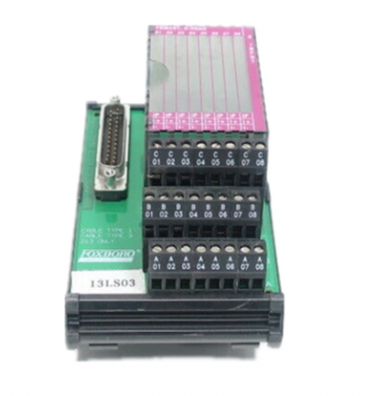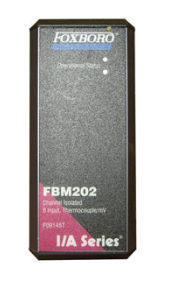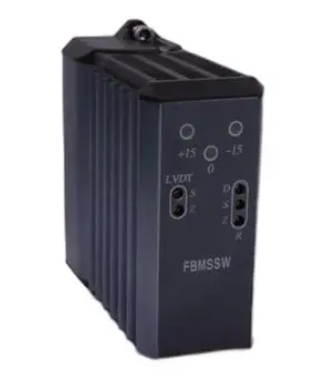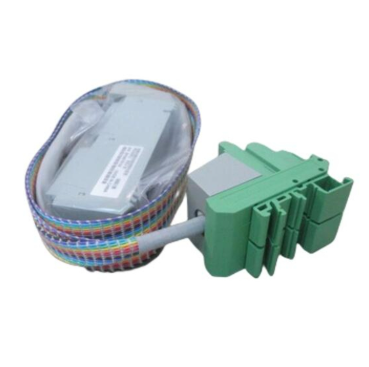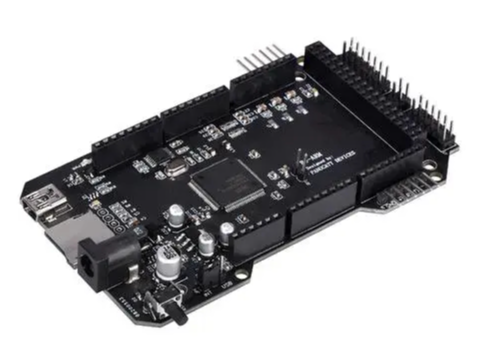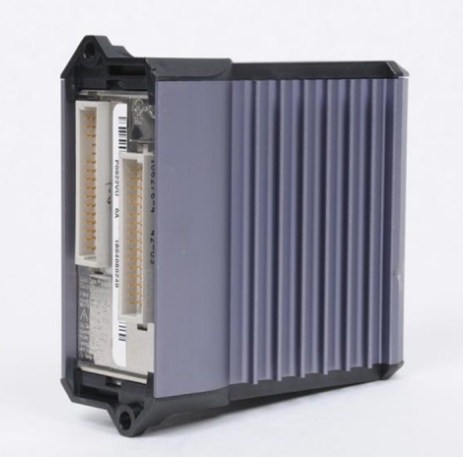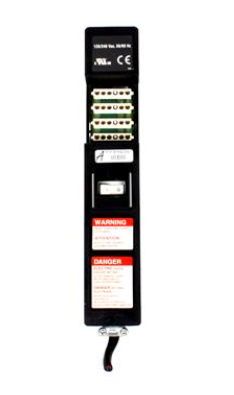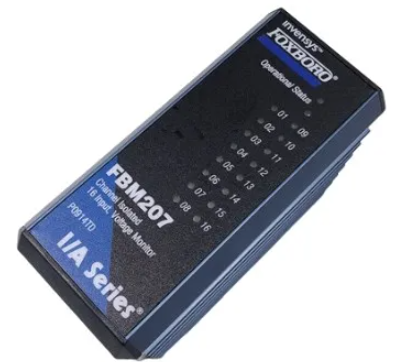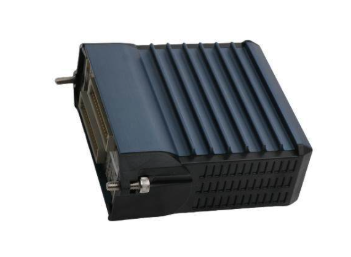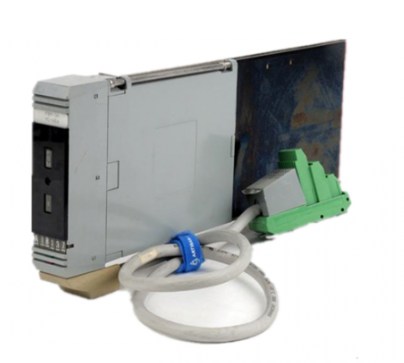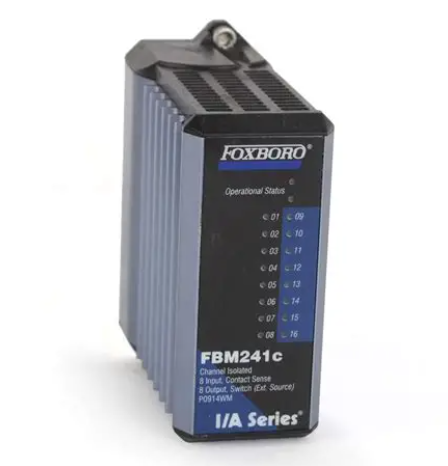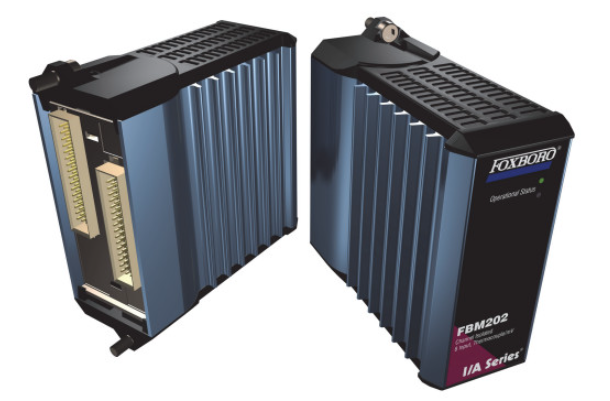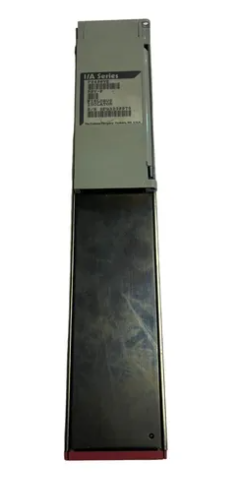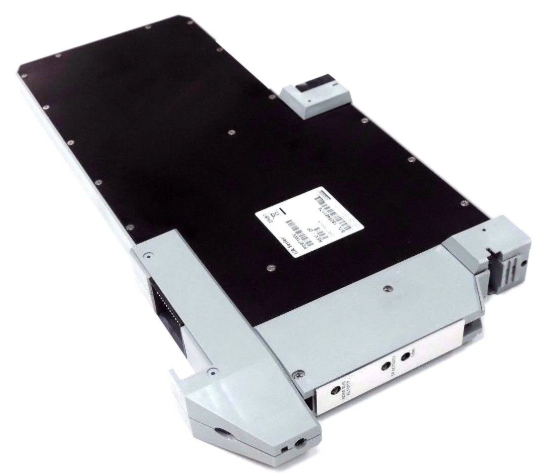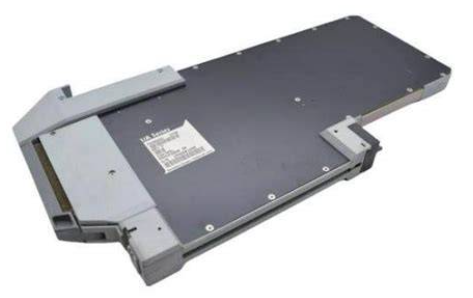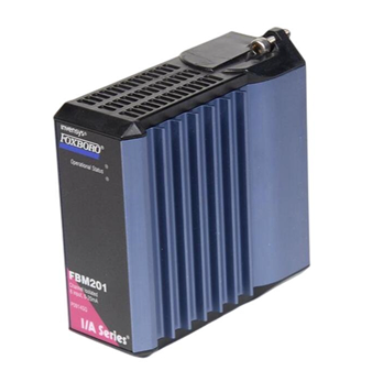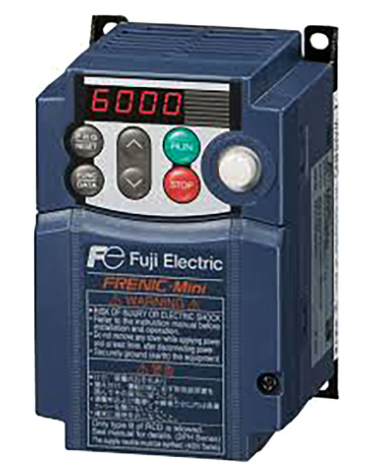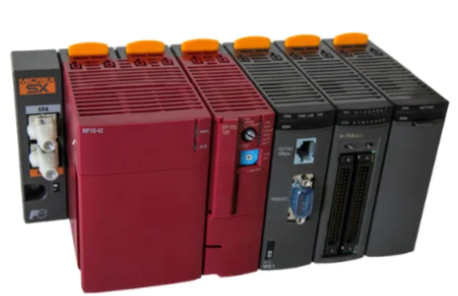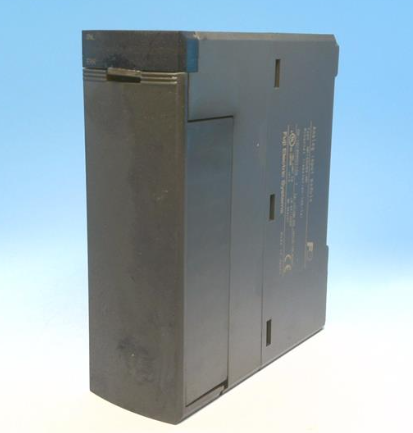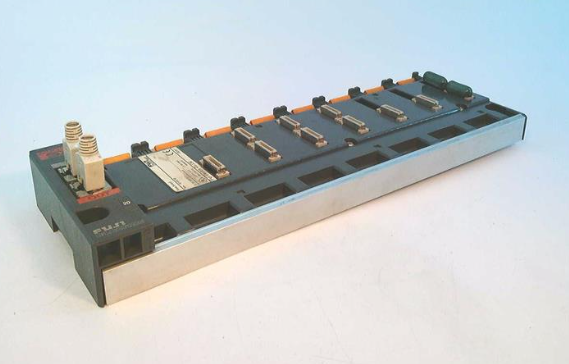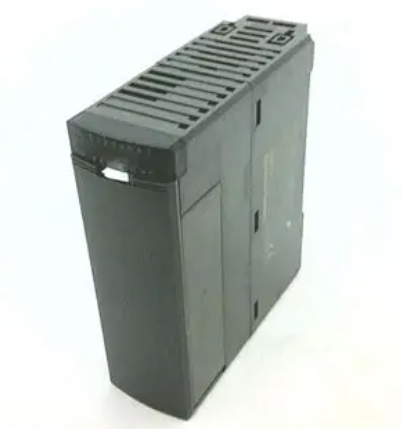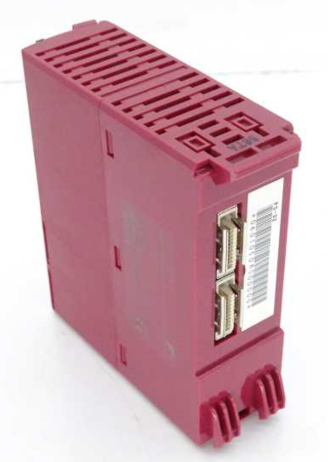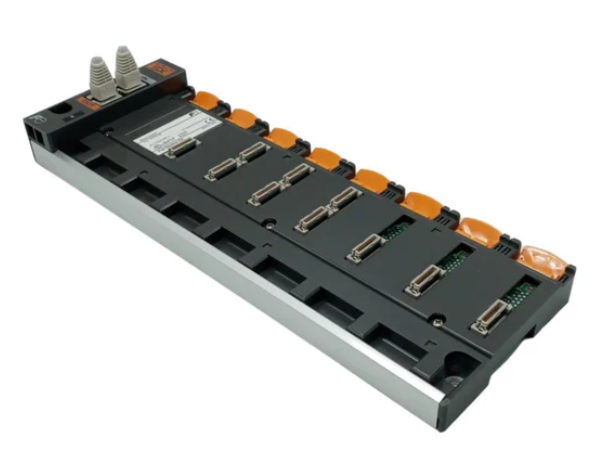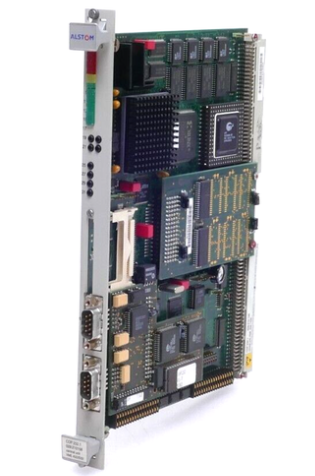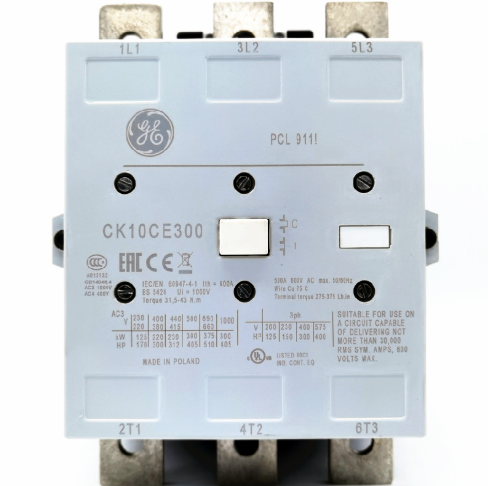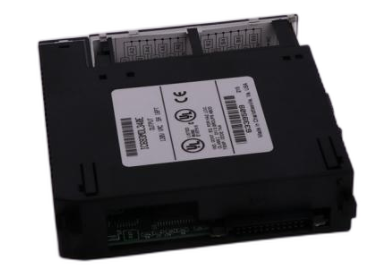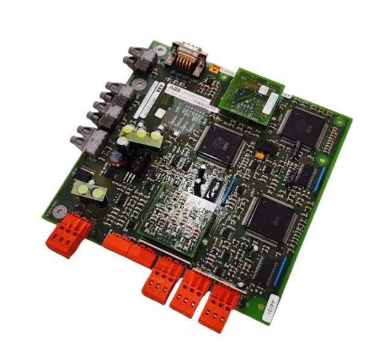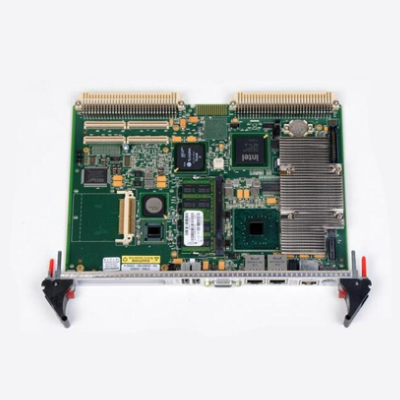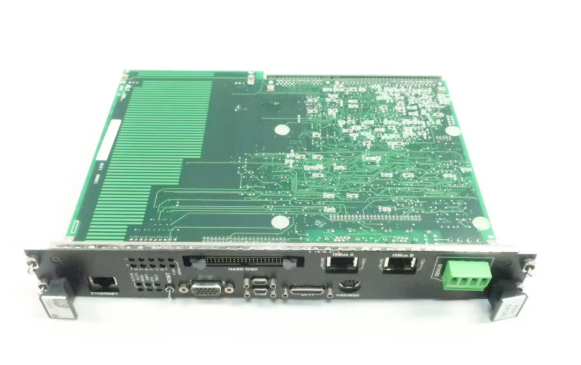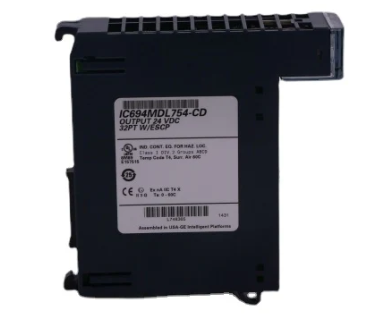Analysis of the concepts of home care, long-term care and family care
With the acceleration of the aging process of the population, the world's attention to the aging problem is increasing day by day, especially in China. Home care is an effective way to solve the problem of aging population in our country, and it is also the focus and development direction of our country's elderly care service system construction in the future. Therefore, it is of great practical significance to strengthen the research on home care for the elderly. A deep understanding and accurate grasp of the concept of "home care" is an important basis and premise for relevant research. However, at present, the concept of home care is relatively lagging behind, and the confusion between home care and long-term care, family care and other related concepts often makes researchers confused. To this end, the author will systematically and deeply study home care and related concepts from the aspects of service place, service object, service content, service form and service purpose involved in the concept of "home care".
1. Research on the concept of home care
According to Smith and Maurerl, home-based care (HBC) refers to Ancil - lary health care workers (HBC). AHCWs is a continuum of integrated health care services at the patient's place of residence, with the aim of promoting the patient's health, maximizing his or her independence and minimizing the harm of disease. Service providers sign agreements with patients to develop home care plans based on the needs of patients and their families, and communicate and coordinate with patients and their families to ensure that the plan is feasible. HBC's service targets include non-acute patients who have to be discharged early due to high hospitalization costs, hospital bed shortage, people who need long-term care, disabled, etc.] It can be understood that if the HBC serves the elderly or disabled elderly, it is the concept of home-based Care forElderly.

1.1 Service places and service objects
Henna et al., in Sweden's national goals for home-based care, emphasize that older people should live in their own homes as much as possible, maintain their independence and autonomy, and provide them with access to good medical and nursing services and enjoy an active life. Jacobzonel believes that with the significant decline in the occupancy rate of elderly care facilities, more people will choose and rely on home care, and home care services will face a higher level of disabled care. Lafortune believes that as the population lives longer, there will be an increasing number of seniors living at home who are severely disabled and have long-term care needs.
1.2 Service Content
According to Karien et al., an effective assessment of the health care needs of the elderly in the home setting is a prerequisite for the provision of home care services. According to Peter et al., there has been a steady decline in the demand for services such as nursing homes, care homes and domestic helpers in Sweden since 1993 or 1995. The number of elderly people living at home and suffering from chronic diseases or disabilities has continued to rise, and there is a demand for home-based care services. Some scholars have found that the number of home health visits is significantly related to the assessment effect of home care needs, and the care provided is personal care and supportive services. According to reports, Norway's home care services implement joint governance, flexible management, policy transparency, accountability system, the purpose is to control spending, improve the quality of service, but will cause home care providers are not sensitive to the special care needs of the elderly. Some scholars believe that home care means to meet the care needs of the elderly or disabled elderly, improve their independence, and provide support in health, daily life, finance, economy and other aspects of service. The Organization for Economic Cooperation and Development (OECD) is committed to establishing a community-based system of home care services, including management and services. Burtond et al. believe that the service contents of home care for the elderly include medical assistance, health support, prevention, medical insurance, etc., such as health management, personal care, transport, escort, meal preparation, shopping, room cleaning, spiritual comfort, etc. Care-at-home Services Ltd proposed, Home care services include 24h telephone contact with home health nurse services, personal care, assistance with bathing, assistance with dressing and hairdressing, assistance with toilet use, ongoing management, provision of equipment to help the elderly to turn over, diet management, communication, meal preparation, reminders and assistance with medication, keeping the house clean, escort to the hospital, caregiver's breathing service, dementia care, etc .
1.3 Forms of Service
The forms of home care include formal care and informal care. Finland's policy support for formal care in home care has enabled the high level of care needs of individuals to be met, and formal care has in many cases replaced institutional care and increased support for informal caregivers. Some scholars have pointed out that home care in the UK is faced with the qualification of formal caregivers and informal caregivers, while home care in Italy and Germany will focus on improving the working environment and wages of caregivers. There is a significant positive correlation between the provision of formal care services for home care and the degree of disability of the elderly.
According to a National Center for Health Statistics (NCHS) survey of people 55 and older who care at home, 80 percent receive informal care. A survey of the needs of urban home care seniors in New York shows that 70% of primary support services are provided by informal service providers, and two-thirds of service providers are part-time. The care of the elderly with chronic functional injury is also dominated by informal care. The introduction of paid care scheme in France has promoted the development of formal care and informal care. Although France has recognised the importance of regularising home-care work, it has not been professionalised and is still provided by informal carers. Sweden has improved support for informal carers of older persons at home in the areas of education, psychological support, information and legal and policy advice.

1.4 Purpose of Service
The purpose of home care service is to reduce the institutionalization of nursing homes, reduce the financial expenditure of providing LTC, improve the life satisfaction of service recipients, improve their quality of life, and reduce the burden of informal caregivers in the family. Gohei et al. believe that home care plays an important role in controlling and reducing the disability level of the elderly, improving their independence and autonomy, and managing health and social resources.
Through the above introduction to the concept of home care, we know that:
(1) The service object of home care is the elderly at home or the disabled elderly, and the service place is the elderly's own home;
(2) Effective assessment of the health care needs of the elderly in the home environment is the premise of providing home care services;
(3) The service content of home care for the elderly is to provide basic care for the elderly and meet their health care needs, and provide support in medical assistance, health management, personal care, spiritual comfort, prevention, finance and economy;
(4) The service forms of home care include formal care and informal care;
(5) The purpose of home care services is to improve the independence of the elderly, improve the daily living ability of the elderly and their families, control and reduce the level of disability of the elderly, improve the quality of life of the elderly, and manage health and social resources.
Based on the above analysis, the author believes that the concept of home care means that formal and informal caregivers provide basic care and meet the health care needs of the elderly or disabled elderly in their own homes through effective assessment of the health care needs of the elderly. A continuous and unified service system with support in medical assistance, health management, personal care, spiritual comfort, prevention, finance, economy, etc., aims to control and reduce the level of disability of the elderly, improve the quality of life of the elderly, improve the independence of the elderly, improve the daily life ability of the elderly and their families, and manage health and social resources.
2. Analysis of related concepts of home care for the elderly
There are two basic ways to study specific concepts: one is to directly study the essential attributes of things referred to by specific concepts; The second is to identify the related concepts of a particular concept and study the relationship between them. The following will analyze the related concepts of home care and the relationship between the concepts, which will help to further understand the concept of home care.
2.1 Home care is different from long-term care
The long-term care insurance (LTCI) system proposed by the Japanese government in 2000 aims to provide long-term Care (LTC) services, including home care services. However, the concept of LTC and home care has a significant difference, reflected in the service place, service object, service content.
2.1.1 Service place
LTC's service sites include: A caregiver's home, a caregiver's friend or family member's home, an adult day services location, an assisted living facility facility, hospicefacility, nursing home, etc.
2.1.2 Service Objects
Thomas et al. pointed out that LTC is a health and health-related support service for people with physical, mental, cognitive, and functional impairments. Scholars believe that two reasons promote the development of LTC related research. First, the rapid growth of the elderly population maximizes the current LTC service and related funding budget. The age factor is the determining factor of LTC service utilization. Second, the implementation of the expected payment measures under the hospital emergency medical care system. Payment under diagnosis-Nosis Related Groups (DRGs) encourages hospitals to discharge patients with greater home care needs earlier to reduce the length of patient stays. Therefore, LTC not only includes vulnerable, disabled elderly people, but also "sub-acute" patients after discharge from the hospital. Some scholars have pointed out that people with trauma, surgery, terminal illness, chronic disease, convalescence, old age, dementia, disability, permanent disability, etc., need LTC.

2.1.3 Service content
Kane proposed the concept of LTC for the first time, and believed that LTC is to provide medical care, personal care and social services for the congenital or acquired disabled, with the goal of integrating health care and daily life assistance to meet their long-term social, environmental and medical needs. LTC services include health care, personal care, spiritual comfort, prevention, rehabilitation, social support, and hospice care. According to the Organization for EconomicCooperation and Development (OECD), LTC services include medical monitoring, pain relief, medication management and rehabilitation, prevention, and basic activities of daily living. It is usually provided by professional organizations. LTC provides health, social, home, transit, and other support services with the goal of promoting independent, self-directed living for the recipients.
Through the above analysis of the concept of LTC, we believe that the common point of home care and LTC is that the service purpose is to improve the independence of the service object. The differences are manifested in three aspects: (1) different service places: LTC has a variety of service places, including the home of the caregiver, the home of the caregiver's friend or family member, adult day service center, assisted living facilities, nursing homes, nursing homes, etc. The service place of home care is the living place of the caregiver; (2) Different service targets: LTC's service targets include vulnerable and disabled elderly people, as well as "sub-acute" patients after discharge from hospital, and its service targets include the elderly, not just the elderly. The service object of home care is the elderly at home or disabled elderly, including the healthy elderly; (3) Different service contents: LTC provides health, social, home, transport and other support services, including home care services. Therefore, in a sense, it can be said that home care is a component of LTC and a form of LTC.
2.2 Home care is different from home care
The original origin of the home-care model was the introduction of visiting Care services in New York in 1893, which included minimal care and personal care services for the poor elderly and chronically ill. In 1946, Montflore Hospital introduced the post-discharge home care team, in which doctors and nurses work together to supervise patients. Home care is an important part of LTC. There are significant differences between the concept of home care and home care, which are reflected in the service object and service content.
2.2.1 Service Objects
Home care refers to the care provided to patients with severe disease syndromes, physical disability, chronic mental dysfunction, etc. Family care is the primary form of care for the elderly, not only for the elderly, should face the whole society. elderly home care refers to care for older people who are lonely, immobile, lack support, and are in chronic or severe pain.

2.2.2 Service Content
Home care services include basic medical care services, personal care, emotional and social support. ?? According to the service content, family care can be divided into traditional family care, paid care and care for immigrants. Home care is a prominent feature of LTC services in Australia. Paid services promote the development of family care; Private care for immigrant families provides an alternative to home care or other expensive services. The content of family care in Sweden is to provide all residents with high-quality services tailored to their needs, especially for the poor to provide financial support and public services, mainly by the public (or government) to provide financial support, but facing the reduction of the amount of public finance, as well as the increasing demand for services by residents and other problems.
Through the analysis of the concept of family care, we know that the service places of family care and home care are the same, and both are based on the living places of the service recipients. They differ in two ways. First, the audience is different. Family care is the primary form of care for the elderly, not only for the elderly, should face the whole society, the service object of family care is suffering from serious disease syndrome, physical dysfunction, chronic mental dysfunction and so on.
- EMERSON
- Honeywell
- CTI
- Rolls-Royce
- General Electric
- Woodward
- Yaskawa
- xYCOM
- Motorola
- Siemens
- Rockwell
- ABB
- B&R
- HIMA
- Construction site
- electricity
- Automobile market
- PLC
- DCS
- Motor drivers
- VSD
- Implications
- cement
- CO2
- CEM
- methane
- Artificial intelligence
- Titanic
- Solar energy
- Hydrogen fuel cell
- Hydrogen and fuel cells
- Hydrogen and oxygen fuel cells
- tyre
- Chemical fiber
- dynamo
- corpuscle
- Pulp and paper
- printing
- fossil
- FANUC
- Food and beverage
- Life science
- Sewage treatment
- Personal care
- electricity
- boats
- infrastructure
- Automobile industry
- metallurgy
- Nuclear power generation
- Geothermal power generation
- Water and wastewater
- Infrastructure construction
- Mine hazard
- steel
- papermaking
- Natural gas industry
- Infrastructure construction
- Power and energy
- Rubber and plastic
- Renewable energy
- pharmacy
- mining
- Plastic industry
- Schneider
- Kongsberg
- NI
- Wind energy
- International petroleum
- International new energy network
- gas
- WATLOW
- ProSoft
- SEW
- wind
- ADVANCED
- Reliance
- YOKOGAWA
- TRICONEX
- FOXBORO
- METSO
- MAN
- Advantest
- ADVANCED
- ALSTOM
- Control Wave
- AB
- AMAT
- STUDER
- KONGSBERG
- MOTOROLA
- DANAHER MOTION
- Bently
- Galil
- EATON
- MOLEX
- Triconex
- DEIF
- B&W
- ZYGO
- Aerotech
- DANFOSS
- KOLLMORGEN
- Beijer
- Endress+Hauser
- MOOG
- KB
- Moxa
- Rexroth
- YAMAHA
- Johnson
- Westinghouse
- WAGO
- TOSHIBA
- TEKTRONIX


Email:wang@kongjiangauto.com






























